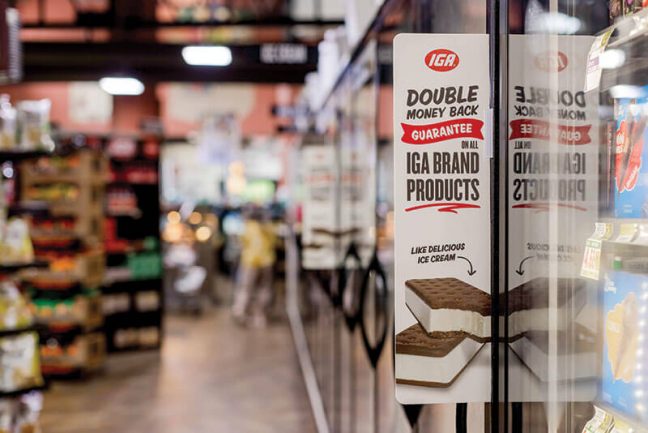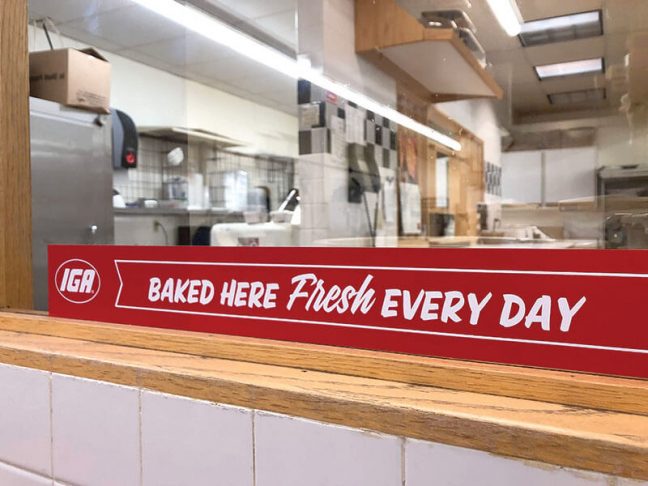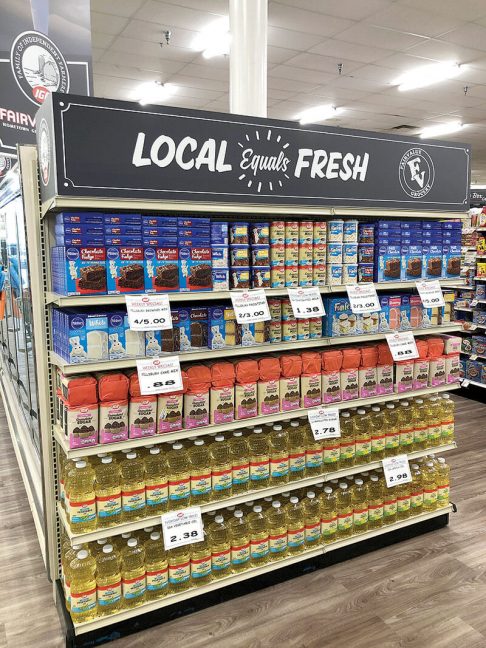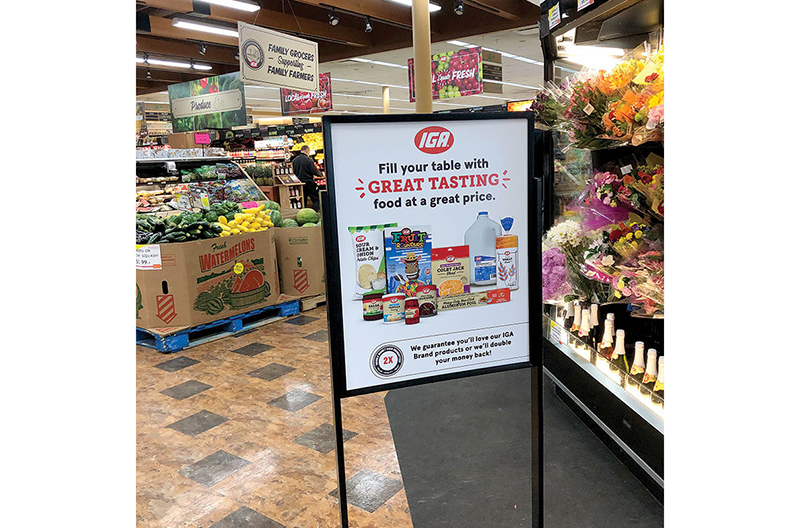Shoppers’ expectations rise in hunt for better quality and pricing
by Eric Pereira/ content creator
John Ross, president and CEO of IGA, noticed how during the COVID-19 pandemic that shoppers retrenched with the brands they trust.
“Wherever shoppers are under pressure, they default to things that relieve stress in their lives. National brands certainly did that,” he said. “We saw a resurgence of growth and national brands. IGA is lucky, our brand is the same as the label on the can or the box. So we got to enjoy a sales increase as a consequence of it.”

Dan Muller, director of Exclusive Brands for IGA, said the organization has made strides to keep pace with national brands. One of those ways is by placing a big focus on promotion. IGA is touting its products heavily with a national digital ad that includes the IGA label and national brands.
“The individual IGA retailer could not afford to do that on their own,” he said. “So what we’ve done is we’ve partnered with some national brands. And so now we get the economies of scale.”
Muller said a recent innovation also is a quarterly marketing kit.
“Not only does it promote the IGA label, it also promotes the store and all of the things that the store has going on. ‘Local equals fresh’…is a big theme of ours, because who’s more local than the IGA store? That’s your hometown store.”

The kit also offers promotions for different themes, such as incorporating private label into Thanksgiving and Christmas.
“In addition to that, we also have an Exclusive Brands point-of-sale kit,” Muller said. “And these have like 105 pieces in their kits that they can put in their front window, do little shelf tags that they can put on, whether it’s new items, ‘try me,’ compare and save…with 105 pieces, we have a lot of things that they can do. And they’d be good for all areas of the store.”
Balancing national and private label
Muller spoke to ensuring that grocers have the products customers want and keeping a balance of private label and national brands. “Most of our stores are probably, 15 to 20 percent private label, which means you’re 80 percent national brands,” Muller said.
“I think that the balance is really for the retailer, in that they don’t need that fourth, fifth and sixth brand in the category,” Muller said. “I think if you have the leading national brand, maybe a local brand, of course you want private label, and then whatever else are good sellers in the category, but you don’t want duplication. The customer would rather have variety, rather than duplication.”
Ross referred to grocers such as Aldi and Lidl having made a case for individual private brands. The lesson to be learned from them is if you invest in the quality of your product – and the packaging and brand promise – that private label has an ongoing opportunity to be been seen as equitable.

“I think where that shows up in an independent store is quite interesting – the quality of the products we manufacturer – inside of your store, your bakery or deli, your cut meat, your prepared meal solutions – those are all private label brands as well,” Ross said.
“And the opportunity [exists] to price those comparable to what we would get in any restaurant or in any local bakery…we see it happen all the time, the shopper is willing to pay for quality. I think that the old strategy of private label being a sort of a necessary evil for a grocery store in order to try to eke out some margins, I think that’s going to be replaced by an integrated brand planning strategy in which private label has roles to play at all price points.”
Supply chain hurdles
When asked about the biggest hinderance in the supply chain today, Muller said communication.
“Silence is not an answer. It’s a very bad answer…because if you’re not going to have the product, they need to understand that so they can make arrangements to get other products. Because if you have an empty shelf, you can’t sell anything.”
Ross pointed out that COVID has shown how fragile the retail grocery supply chain can be.
“The first lesson is, we have to be thinking ahead to a broader supplier base…that allows us to be more nimble when things go wrong.
“The second thing is that we have to be in much closer communication with our wholesale partners…we ought to be looking at the same set of data…when something goes wrong, it’s no longer good enough to sit back and go, ‘Well, I didn’t hear about it.’ We need to be connected in ways that are much closer.”
What future may hold
Muller said IGA’s “Local Equals Fresh” campaign will continue to be a focus and the organization also plans to explore opportunities with state associations that would be willing to promote the label.
Shoppers’ expectations will continue to rise. They want a better quality product at the same price or lower – that’s what Ross sees for the future of private label.
“That’s our obligation to serve that. But there’s also another piece that’s coming along and this says, ‘how far can a private label go?’ he said.


